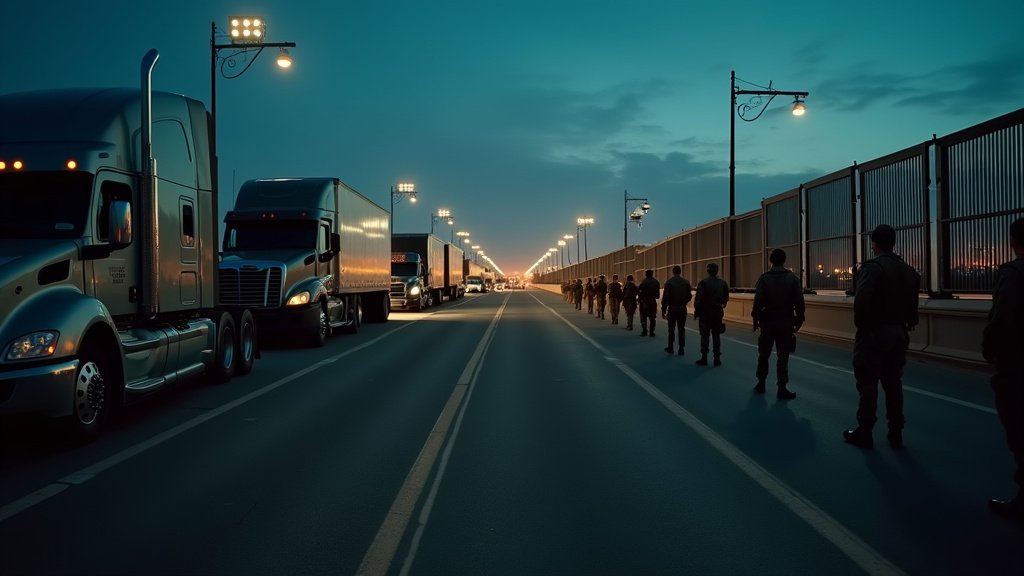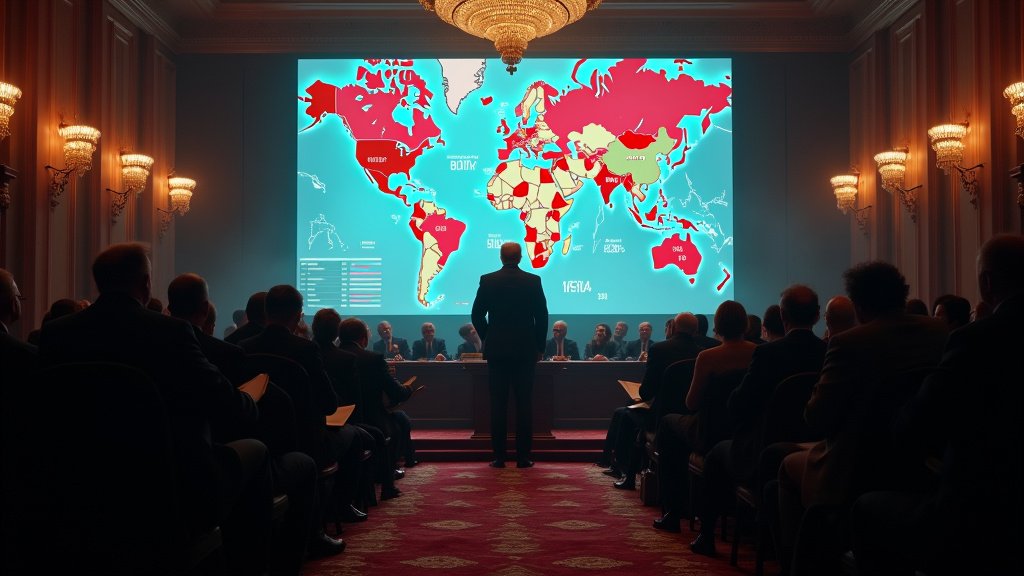The Texas-Mexico border, stretching over 1,200 miles, is more than a line dividing two nations. It is a cultural crossroads, a bustling economic zone, and, increasingly, a focal point of national debate. For Texans living along the border, the line is a blurred, fluid space where two cultures intermingle, languages flow together, and livelihoods are shaped by complex, sometimes contradictory forces. Immigration, both legal and illegal, adds another layer of complexity, fueling both opportunity and tension in equal measure. To understand the Texas-Mexico border is to delve into the very heart of what it means to navigate between two worlds.
The Pulse of Border Life
Border towns like El Paso, Laredo, and Brownsville encapsulate a unique dual identity, reflecting both the United States and Mexico. In these communities, Spanish is often heard as much as English. Street markets teem with Mexican goods, and celebrations like Día de los Muertos and Cinco de Mayo blend seamlessly with Fourth of July parades. Residents have family, friends, and business interests on both sides of the border, making it less of a dividing line and more of a connective thread.
However, this dynamic is not without its challenges. As the U.S. grapples with how to manage immigration, the Texas-Mexico border frequently becomes the epicenter of the conversation. Every year, thousands of migrants cross the Rio Grande, driven by a mix of desperation and hope. While some seek refuge from violence and poverty in their home countries, others are drawn to economic opportunities or the promise of reuniting with family. The stakes are high, and the impact on Texas communities is palpable.
The Human Cost of Migration
For many migrants, the journey to Texas is grueling, dangerous, and often life-threatening. The Rio Grande, a river that for centuries has provided life and sustenance to those along its banks, becomes a treacherous obstacle. Smugglers, known as coyotes, charge exorbitant fees to guide people across the border, often abandoning them in perilous situations. Stories of dehydration, drowning, and exploitation are tragically common.
On the Texas side, Border Patrol agents work tirelessly to manage the influx, often finding themselves as first responders to humanitarian crises. In the Rio Grande Valley sector alone, agents rescue hundreds of migrants from dangerous situations each year. Yet, their work is complicated by limited resources, political pressure, and the sheer scale of the challenge. The growing number of unaccompanied minors arriving at the border adds another layer of complexity, requiring not just enforcement but care and compassion.
The Strain on Border Communities
Communities in Texas, particularly those close to the border, bear the brunt of the migration crisis. Shelters in cities like McAllen and Del Rio often operate at full capacity, offering food, clothing, and medical care to migrants. Nonprofit organizations and faith-based groups play a vital role in filling the gaps, but they, too, are stretched thin.
Local governments must navigate the financial and logistical challenges of accommodating new arrivals while addressing the concerns of residents. Public schools in border areas often see an influx of children who need English as a Second Language (ESL) services, adding strain to already tight budgets. Hospitals, too, face increased demand for services, as many migrants arrive with health issues exacerbated by their arduous journeys.
Yet, despite these pressures, many Texans show remarkable resilience and generosity. Stories abound of ranchers leaving water for migrants on their properties, church groups organizing donation drives, and individuals offering assistance to those in need. This compassion coexists with frustration, however, as residents call for comprehensive solutions that balance security with humanity.
The Economic Impact
The border is not just a flashpoint for immigration—it’s also an economic powerhouse. Texas ports of entry account for more than $400 billion in trade annually, making the state a vital hub for commerce between the U.S. and Mexico. Cities like Laredo thrive on cross-border trade, with goods flowing seamlessly in both directions.
This economic vitality, however, is often overshadowed by the challenges of illegal immigration and smuggling. The same networks that facilitate legitimate commerce are sometimes exploited for trafficking drugs, weapons, and people. The U.S. government has invested billions in technology, personnel, and infrastructure to combat these illicit activities, but the battle is far from won.
The Policy Debate
Immigration policy remains one of the most polarizing issues in American politics, and the Texas-Mexico border is often at the center of the debate. Proponents of stricter enforcement advocate for measures like building more border walls, deploying additional agents, and enacting harsher penalties for illegal crossings. They argue that these steps are necessary to protect national security and uphold the rule of law.
On the other side, advocates for more humane immigration policies call for comprehensive reform. They emphasize the need for pathways to citizenship, protections for asylum seekers, and addressing the root causes of migration in Central and South America. Critics of harsh enforcement measures point out that many migrants are fleeing circumstances so dire that they see no choice but to risk everything for a chance at a better life.
The political tug-of-war often leaves border communities caught in the middle, grappling with the real-world consequences of decisions made far from the region. For Texans living on the border, the question isn’t just about policy—it’s about survival, coexistence, and what it means to live in a place where two worlds meet.
Finding Common Ground
While the challenges of the Texas-Mexico border are undeniable, they are not insurmountable. Solutions will require cooperation across political, cultural, and economic divides. This means listening to the voices of border residents, who often have the clearest understanding of the issues at hand. It means investing in infrastructure and services that support both migrants and local communities. And it means addressing migration at its roots, from fostering economic development in migrant-sending countries to combating violence and corruption.
The Texas-Mexico border is not just a line on a map—it’s a living, breathing entity that embodies the complexities of our world. It’s a place where cultures collide and combine, where hope and hardship coexist, and where the future of immigration in America will likely be decided. By approaching its challenges with empathy, pragmatism, and a commitment to shared humanity, we can ensure that the border remains not just a point of division, but a bridge to opportunity.






